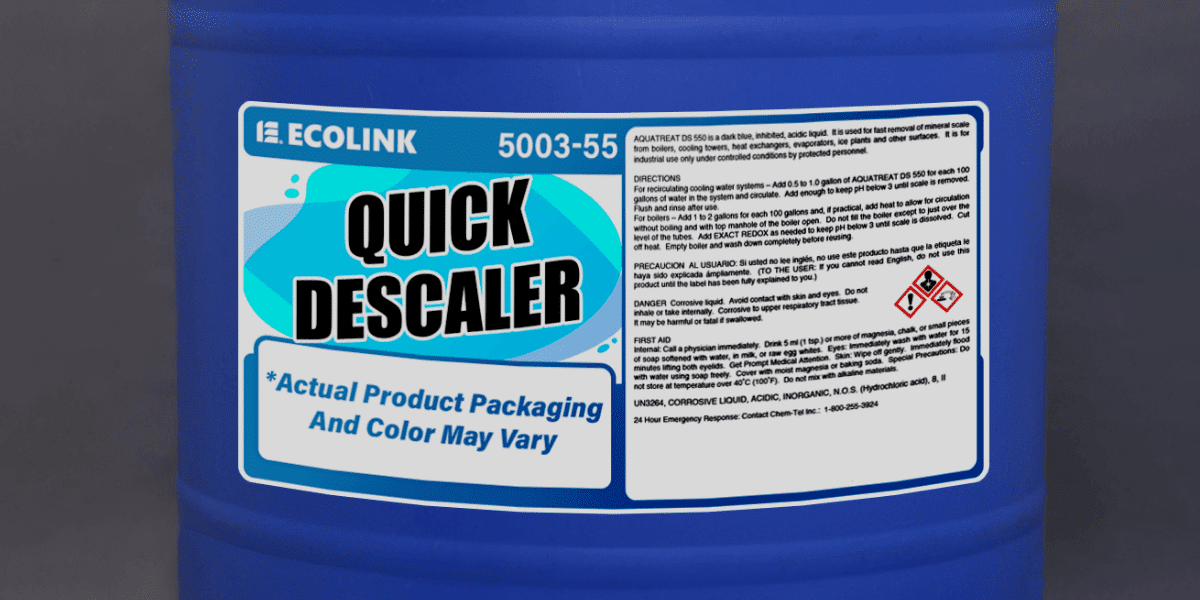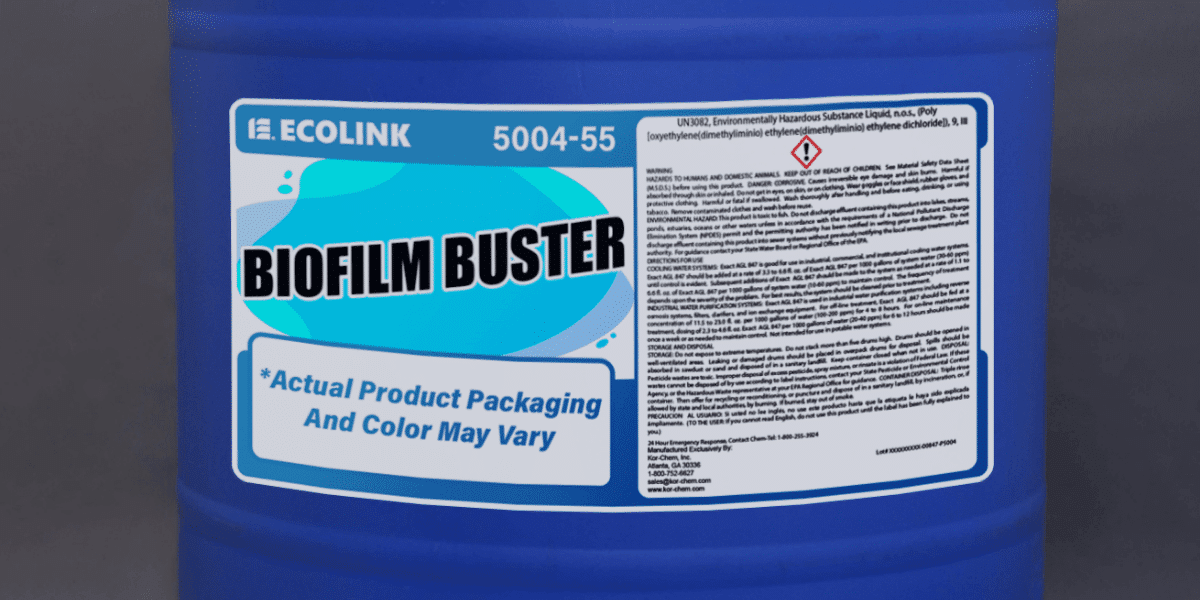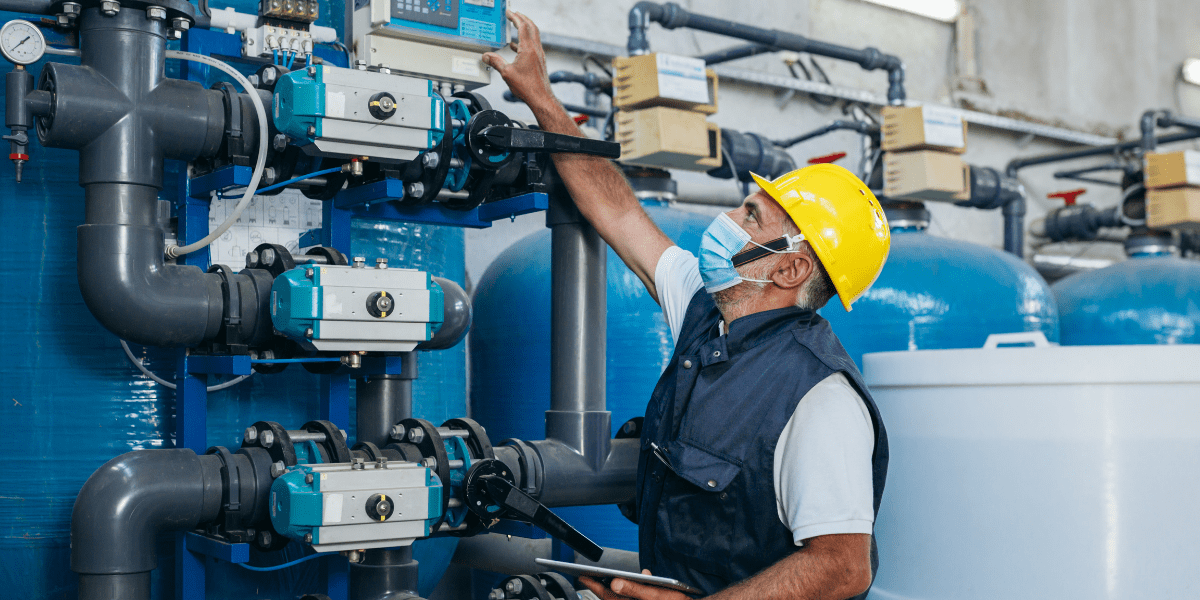Finding a safe paint remover on the market, whether industrial or commercial, can be surprisingly difficult. Many traditional paint removers contain...
Blog


CHEMICAL INDUSTRY NEWS
Chemical Chat – Discover What’s New!
Water Descalers For Boilers and Water Treatment Systems
There appears to be a significant amount of debate across the wider industry and marketplace about water descalers and the different types....
Biocide Water Treatment Chemicals
Biocide water treatment is best explained as a process in which chemicals are added to water cooling and treatment systems like boilers, HVACs,...
Biofouling Prevention Chemicals and Processes
What is biofouling prevention? Broadly speaking, the popular understanding of the term Biofouling is considered to be...
Water Descalers For Boilers and Water Treatment Systems
There appears to be a significant amount of debate across the wider industry and marketplace about water descalers and...
Company News

Managed Services
Discover the Latest in Safe and Sustainable Chemical Solutions
Stay informed with Ecolink’s blog! Subscribe now
Chemical Management Information
Stay updated with us
Sign Up for the Latest Updates
Stay informed about chemical supply chain disruptions and emerging innovations to keep your business at the forefront of efficiency and innovation. Uncover new ways to make your business practices more sustainable by incorporating safer products into your cleaning lineup.


























